
bolewts58
-
Posts
598 -
Joined
-
Last visited
-
Days Won
9
Content Type
Profiles
Forums
Blogs
Gallery
Events
Store
Posts posted by bolewts58
-
-
All very interesting. It seems the miniature Griffin Order has a Belgian crown rather than a Mecklenburg crown.
0 -
7 hours ago, saschaw said:
Probably not what you wanted to hear, Collectorman, but your cross reminds me a lot of these frequently found fakes that have been around for just a few years, often or usually distributed by "certain individuals". Sorry!

I agree. This is a common fake noted by soft detail and overly heavy black paint.
0 -
-
BTW, the naval officer with blond hair, without a cap is naval air ace Kapitänleutnant Friedrich Christiansen who at the time was an officer in the 3rd Marinebrigade von Loewenfeld.
1 -
-
On 01/09/2015 at 16:10, dedehansen said:
Here's the history of the naval cap tally in the photo.
Die Eiserne Flotille / Eiserne Torpedobootsflotille
Rare cap tally. There are a few different variations of this tally that existed both in navy-blue and black silk with silver lettering.
-Eiserne Torpedobootsflotille
-Eiserne Torpedoboots-Flotille
-Eiserne Flotille
Originally known as Die Freiwillige Nordsee-Torpedobootsflottille.
Founded in Wilhelmshaven on February 20, 1919 under the Generalkommando des Garde-Korps (Garde-Kavallerie-Schützen-Division, Berlin) and attached to Freikorps Lettow-Vorbeck. It was disbanded on August 3, 1920.
Commanded by Korvettenkapitän Rudolf Lahs (1880-1954) (later Reichsmarine Kontoradmiral, Vice-President of Deutschen Versuchsanstalt für Luftfahrt (DVL) and President of the Reichsverbandes der Deutschen Luftfahrt-Industrie (RDLI).
Order of battle
1. Eiserne Halbflottille
2. Eiserne Halbflottille
The Flotille were first stationed in Emden harbor in March, 1919 to prevent a communist uprising.
The Flotille participated in the Hamburg uprising, June 1919 (known as Die Hamburger Sülzeunruhen).
The Eiserne Flotille with 8 torpedo boats blocked the Elbe and the entrance to Hamburg and provided a link between Detachments Lebedur and Heug (Reichswehr Pionier_Batl. 9).
It also supported the Kapp-Luttwitz Putsch in March 1920.2 -
For those who can't read Dutch, I took the liberty of translating the list into English. I think I got most of it right.
Knight in the Order of Orange-Nassau
Grand Cross of the House Order of Orange
Bronze medal for charitable deeds
Insignia for Honorable Long Service as Officer XXX
Tribute Medal (Inauguration of Queen Wilhelmina on September 6, 1898)
Silver Marriage Medal (awarded in commemoration of the marriage of H.M. The Queen)
Commemorative Medal (awarded on the occasion of the 25th wedding anniversary of H.M. The Queen)
Bearer Medal (awarded in memory of the marriage of HRH Princess Juliana and HRH Prince Bernhard)
Knight of the 4th Class of the Order of the Red Eagle (Prussia)
Knight of the 3rd class of the Order of St. Anna (Russia)
Knight 4th Class of the Order of the White Elephant (Siam)
Knight with Crown of the Order of the Griffin (Mecklenburg-Schwerin)
Knight 1st Class of the Order of the White Falcon (Saxony-Weimar-Eisenach)
Knight 1st class of the House Order and Order of Merit of Duke Peter Friedrich Ludwig (Oldenburg)
Knight of the Order of the Wurtemberg Crown (Wurtemburg)
Knight of the Order of Berthold I (Baden)
Commander of the Order of Gregory the Great (Papal State)
Officer of the Order of the Crown of Belgium
Knight of the Order of the Legion of Honor (France)
Commander 2nd Class of the Order of Adolf of Nassau (Luxembourg)
Grand Cross of the Order of the Sacred Treasure (Japan)
Grand Cross of the Order of the Polar Star (Sweden)
Grand Cross of the St. Olaf Order (Sweden and Norway)
Grand Cross of the Order of the Restored Poland (Polonia Restituta)
Grand Cross of the Order of the Dannebrog (Denmark)
Grand Cross of the Order of the Oak Crown (Luxembourg)
Grand Cross of the Order of Leopold (Belgium)
1 -
You need to check Volume V, Deutschen Ordenshandbuches, by J. Nimmergut. This is the NCO and enlisted men's medal. I don't know about it. But, I know the gold officer's medal was only awarded 4 times.
0 -
Rare grouping to a Baltic Fighter.
Gefreiten Ludwig Anlicker served on the Western Front and Germany from April 1918 - April 1919 in Baden Leib-Grenadier Regiment 109.
Sometime in mid 1919 he went to the Baltic and served in the M.G. Abteilung, Regiment Baden, Freiwilliges Abteilungs von Medem, which was part of the Iron Division (Eiserne Division) and from August 24, 1919 part of Volunteer Russian Army of the West (Freiwillige Russische Westarmee) of Prince Avalov-Bermondt. His pass notes he fought in the Baltic against the Latvians and Bolsheviks (Kämpfe im Baltikum gegen Letten u. Bolschewisten) and was awarded the Baltic Cross and Maltese Cross for the Russian Army of the West (Baltenkreuz, Malteserkreuz). He left service on 16.2.20.
His awards include:
EKII - 19.9.18 (marked SW)
Baltic Cross (Baltenkreuz) - 9.8.19 (likely Deumer)
Maltese Cross of the Russian Army of the West (Malteserkreuz) - 1.12.19 (The official title for this award was Das Abzeichen für Dienstgrade der russische Westarmee (Badge for All Ranks of the Russian Western Army). (likely locally made in Latvia)1 -
Impressive restoration and lovely looking trio.
0 -
Baltic Cross award document.
Awarded to Gefr. Fritz Reichwald, Freikorps Weikhmann
Freikorps Weikhmann was part of the Deutsche Division serving in Kurland and Lithuania in 1919. It later was part of the Russian West Army of Prince Avalov-Bermondt and disbanded 18 December 1919 after returning to Germany.
The document is stamped on the reverse that the cross was issued (rather than being privately purchased).0 -
-
The Kyffhäuserbund didn't wear armbands in the Weimar era. I am sure this pattern armband was instituted in 1933 or 34, the swastika was added in 1936 and all veteran's groups were amalgamated under the name NS-Reichskriegerbund Kyffhäuser e.V. in 1938 with the badge replaced again with a black iron cross with a swastika in the middle. NS-Reichskriegerbund Kyffhäuser e.V. was disbanded in 1943 and replaced by the Volksturm.
This armband was actually more like a cuff title as it was worn on the lower right sleeve rather than in the middle of the left arm which is where the NSDAP armband was worn.
1 -
I believe that this is actually the Third Reich first pattern armband. The swastika was added in 1936.
0 -
-
I found this link.
Feldartillerie Rgt. von Scharnhorst (1.Hannoversches) Nr.10 Hannover Mitgliedsabzeichen
https://www.philipp-militaria.com/archivearticles/Feldartillerie-Rgt-von-Scharnhorst-1-Hannoversches-Nr-10-Hannover-Mitgliedsabzeichen-NUNQUAM-RETRORSUM--1522319899.html
0 -
-
-
-
on Bay being sold by the crooked seller chrisnico2022. 99% of everything he sells is fake.
0 -
This the Revers-Abzeichen worn on the lapel. It looks typical if these. They were die cast and a little crude.
1 -
The normal word for pensioner is "Rentner". Although "Pensionär" isn't necessarily wrong, just less used, I think.
0 -
-


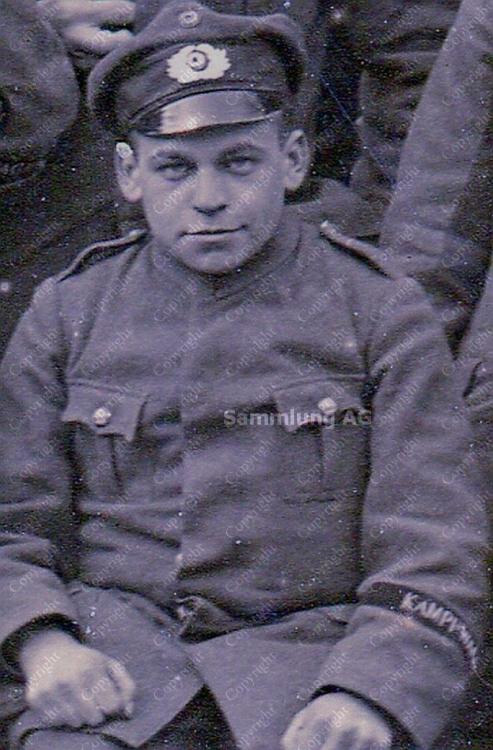
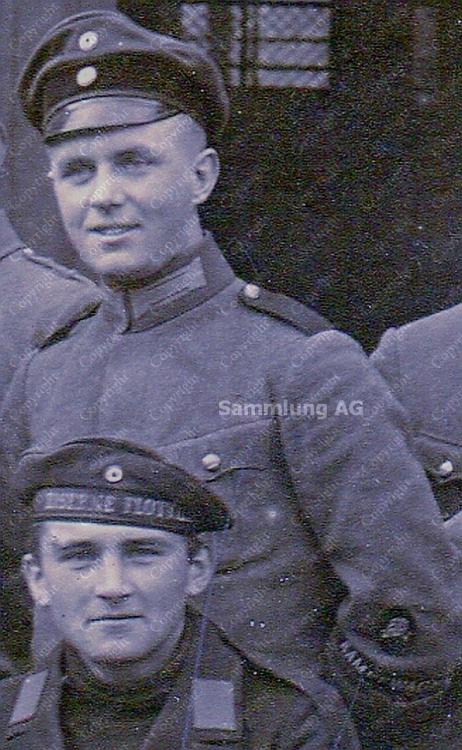
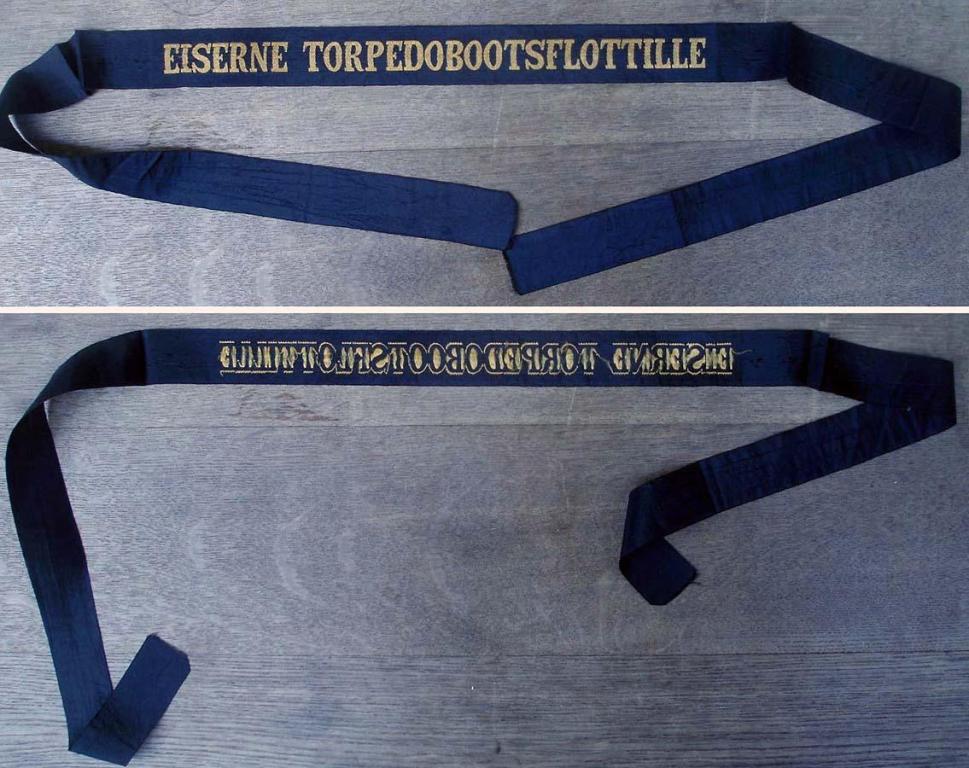

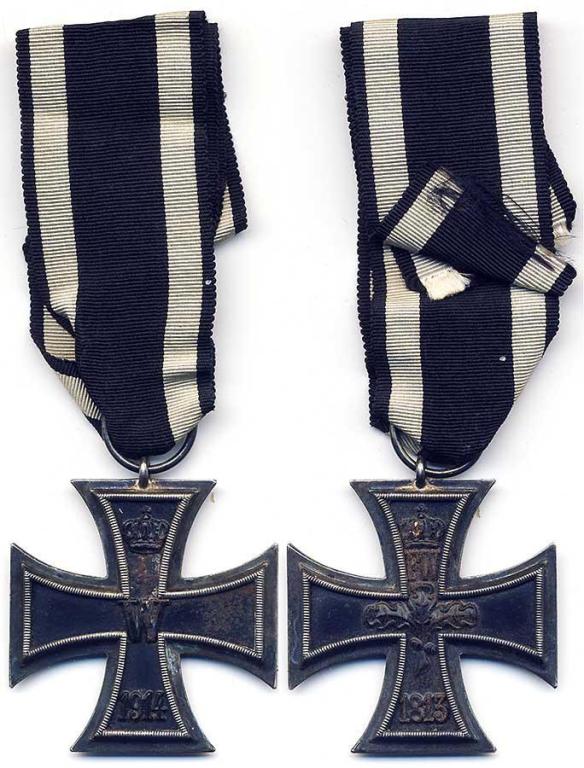
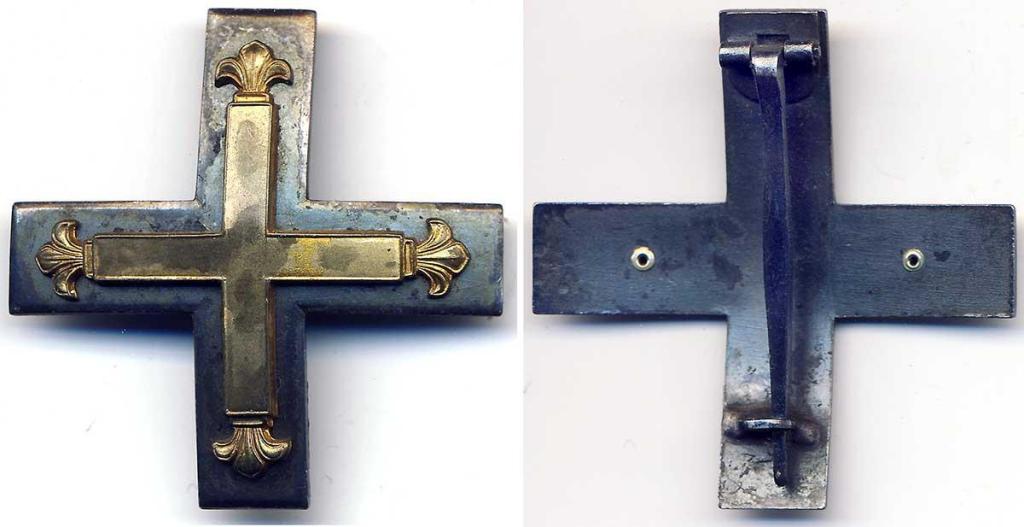
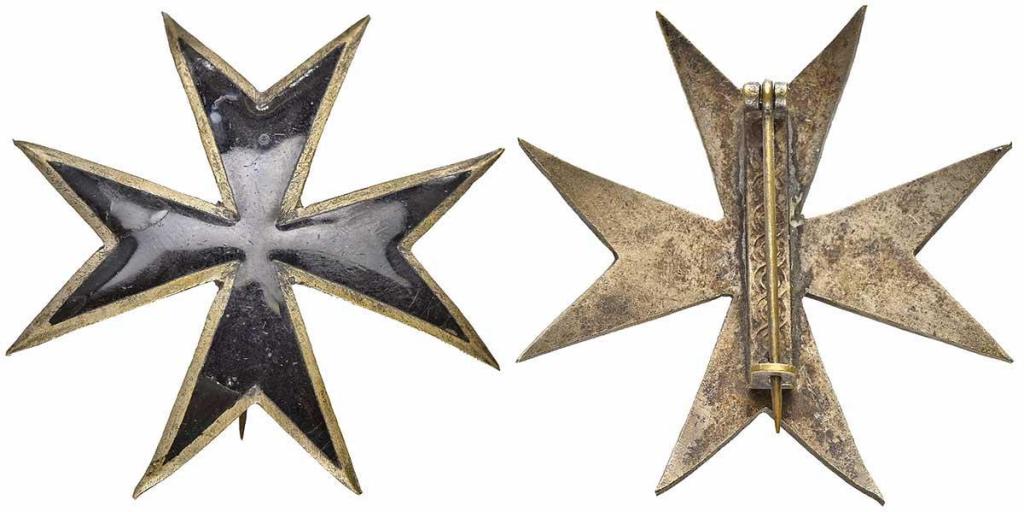

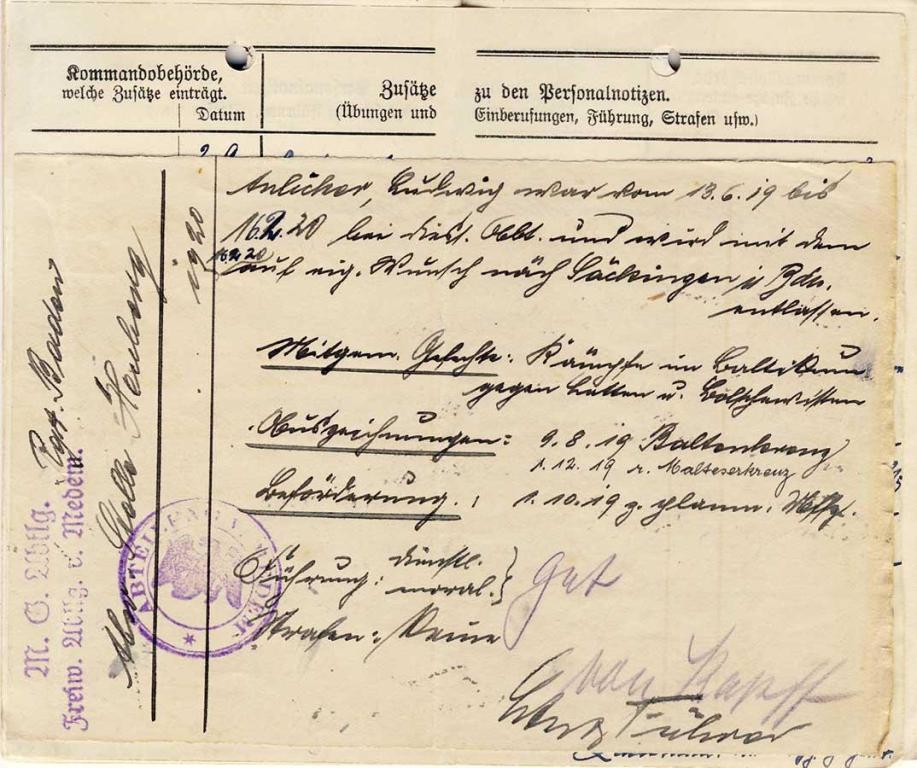
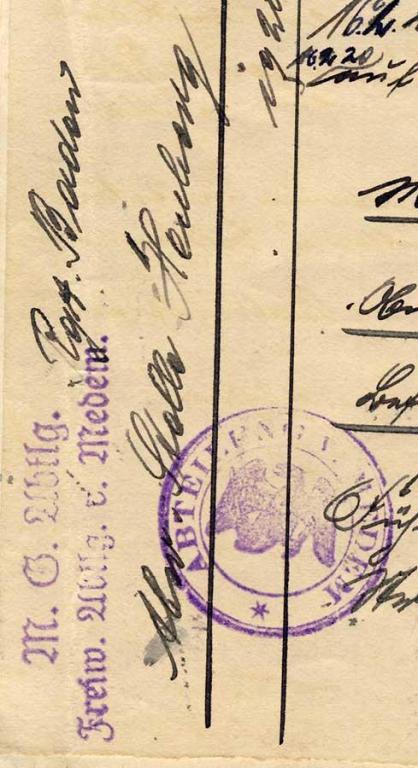

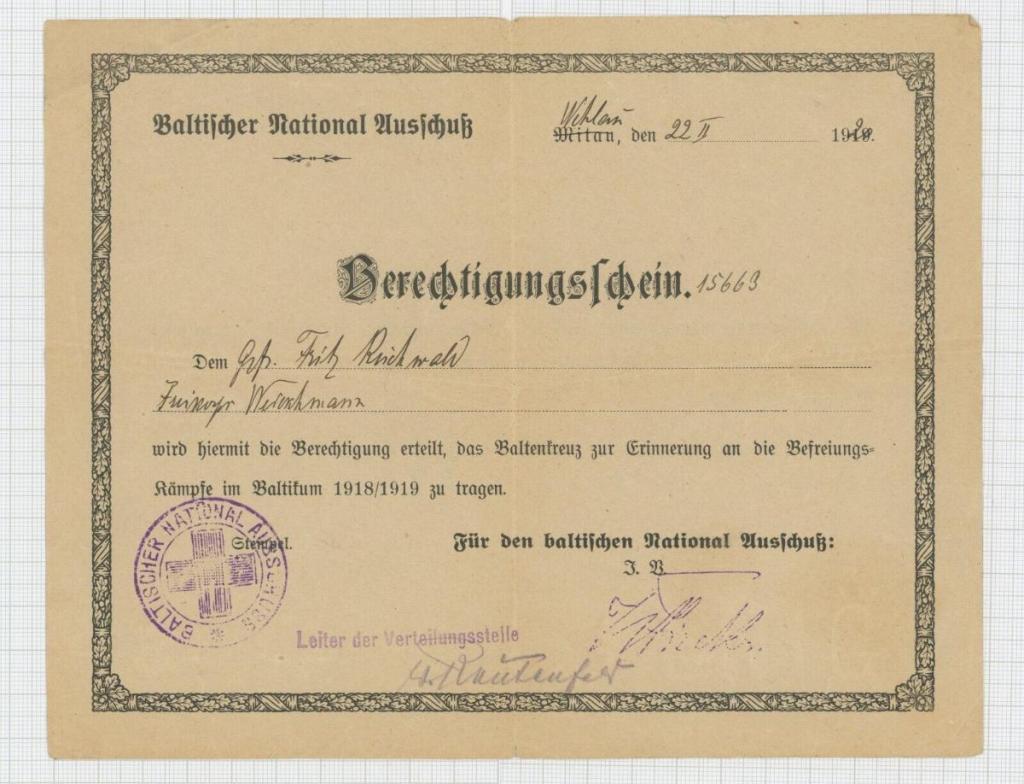
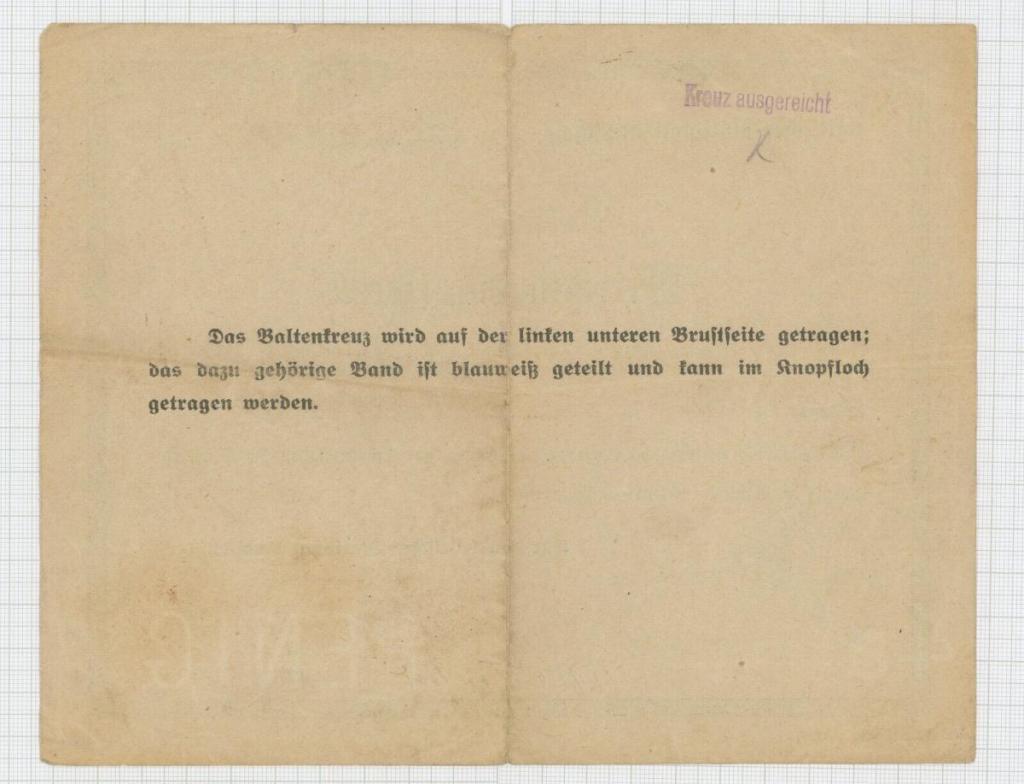
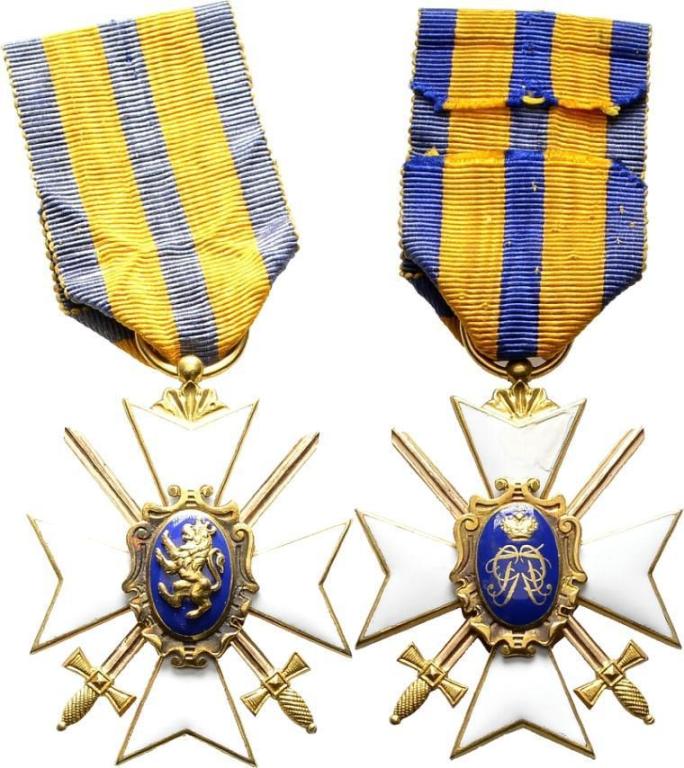
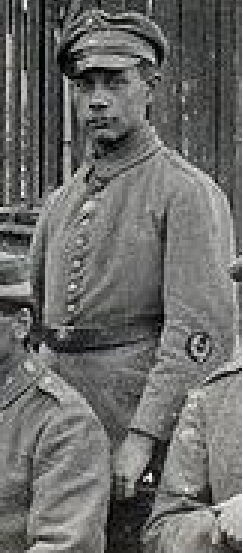
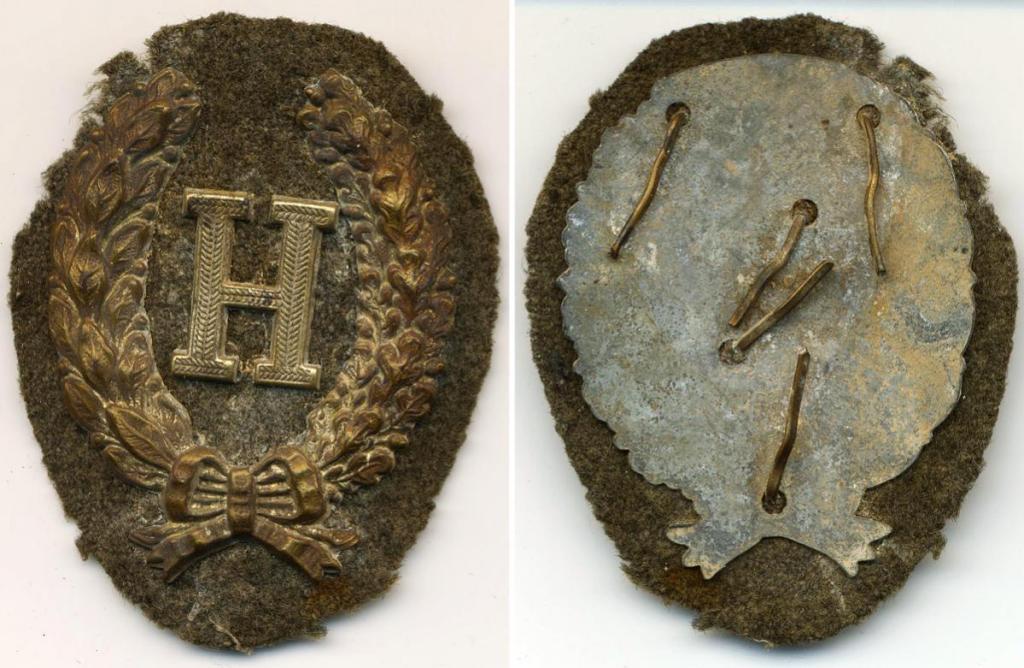
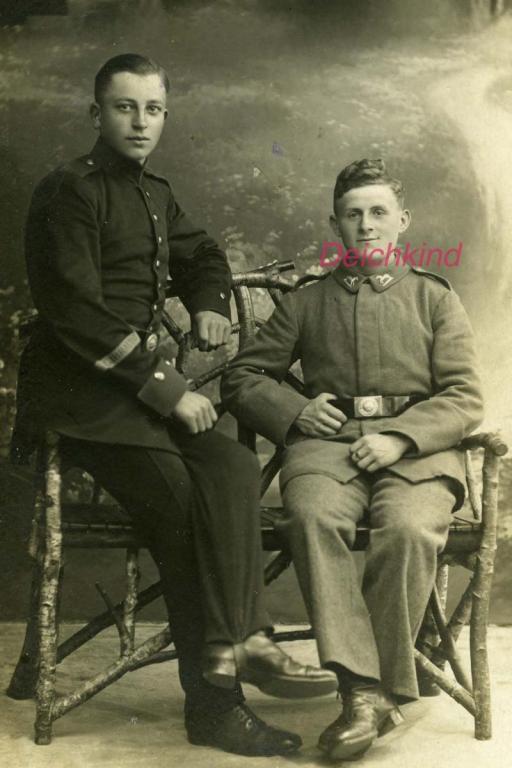

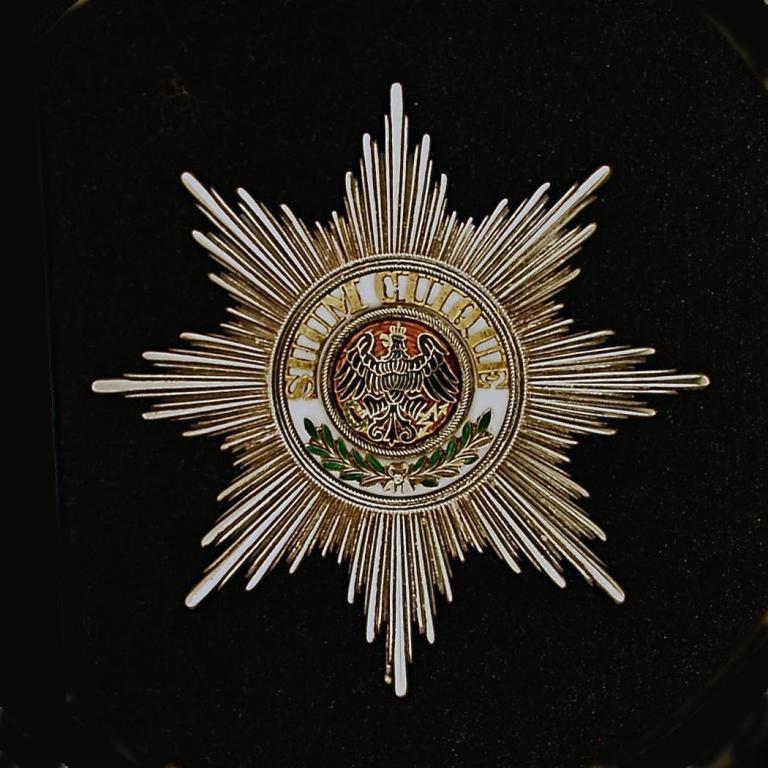
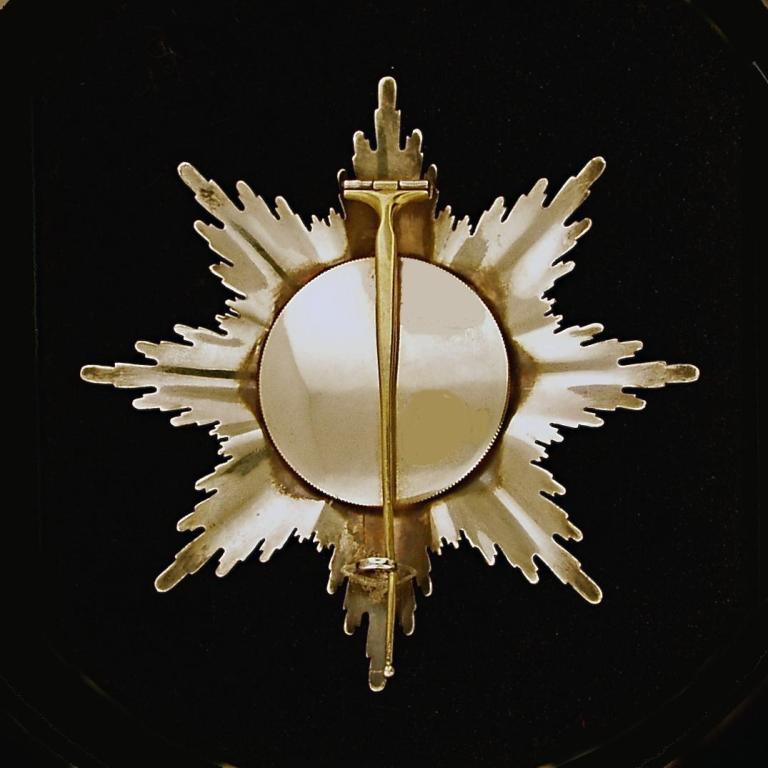
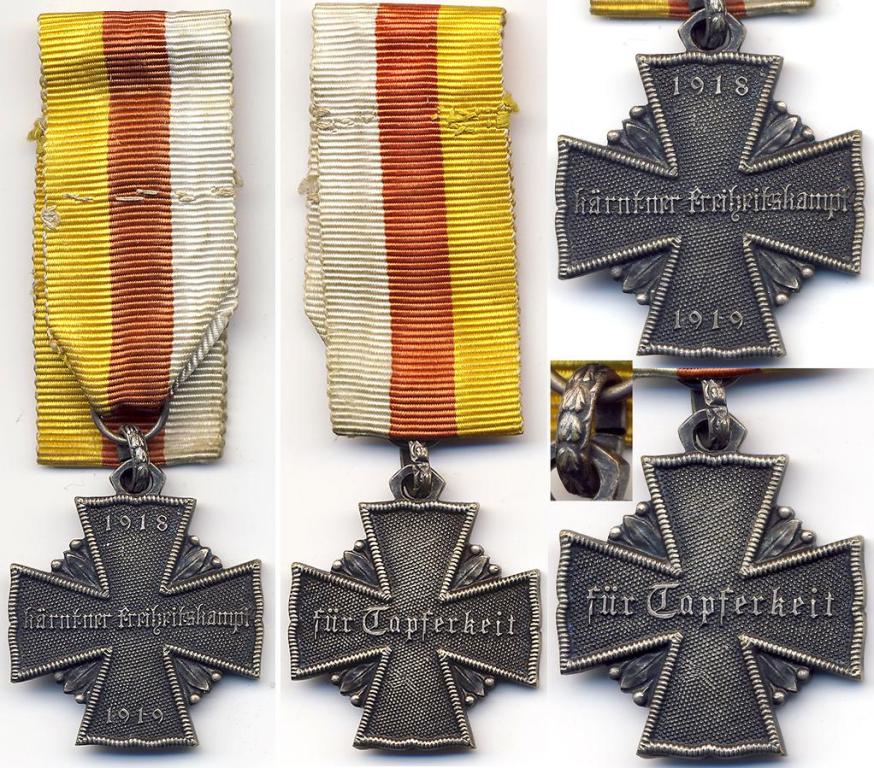
Post war British PW KM crew.
in Germany: Imperial: Rick (Research) Lundstrom Forum for Documentation and Photographs
Posted
I think there are different tallies. However, I did a zoom on it and it appears that several are S.M.S. Moltke.